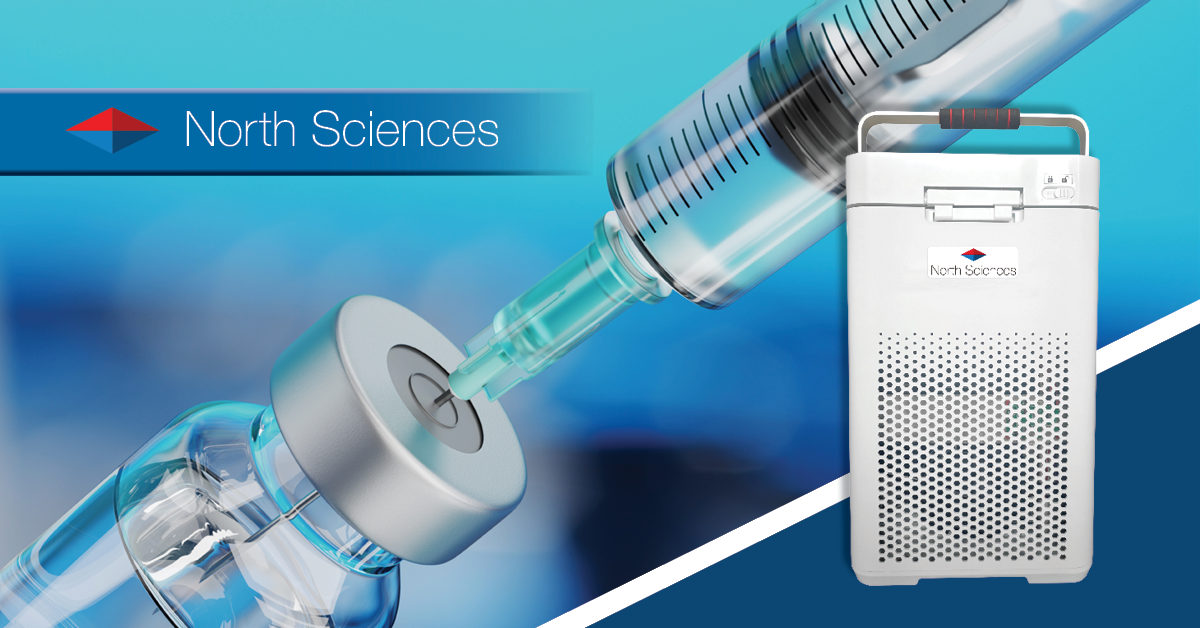What Is A Cold Chain?

A typical day in your lab may involve walking near a freezer, or a room full of them. These, especially ultralow temperature (ULT) freezers, are crucial pieces of equipment in any biological lab. They allow specimens to be preserved for as long as several years without loss of quality and viability.
When running your experiments, you have to move samples around. Some would exit the ULT freezer then go back in again after you’re done with them. This is fine within one laboratory, as the samples only cover short distances.
What if your samples need to travel longer distances, like from your lab to another lab across town? How about if some samples have to go interstate? You will need a way to transport them while maintaining cold storage temperatures.
To safely transport heat-sensitive samples, you will need a cold chain. Essentially, your samples will remain in ultralow temperatures even during transport if an efficient cold chain is in place.
Freeze-thaw cycles
Cryopreservation is most effective when samples are kept consistently in ultralow temperatures. If they are always stored inside a ULT freezer, they remain viable for several years. But if they have to be moved from place to place, they become vulnerable to temperature fluctuations.
Particularly, the samples may thaw if not kept in a low enough temperature. For instance, suppose a cell culture vial is transferred from a ULT freezer set at -80º C to a styrofoam box filled with dry ice. While dry ice has surface temperatures ranging from -78 to -110º C, the interior of the box may not share that temperature. If the samples are warmed up even slightly, their viability could be compromised.
Thawing and freezing again can cause irreversible damage, even when cryoprotectants are used. Thus, an effective cold chain is integral to preserving the samples during transport.
Keeping it cool
Samples can be kept cool in a number of ways. One common method is to store samples in tanks of liquid nitrogen for transport. Liquid nitrogen is cold enough to maintain an ultralow temperature for the samples.
Another way is to use portable ULT freezers. These can be easily transported anywhere and plugged into regular power outlets. Some compact freezers can even be powered by 12-volt batteries. These can help maintain ultralow temperatures required to preserve samples even on the go.
Upon arrival
Once samples have arrived at their destination, they must either be revived or put back in a ULT freezer right away. Thawing should be avoided, as it will severely affect sample viability.
If an efficient cold chain has been implemented, the samples should stay intact and ready for use once they reach their destination.


